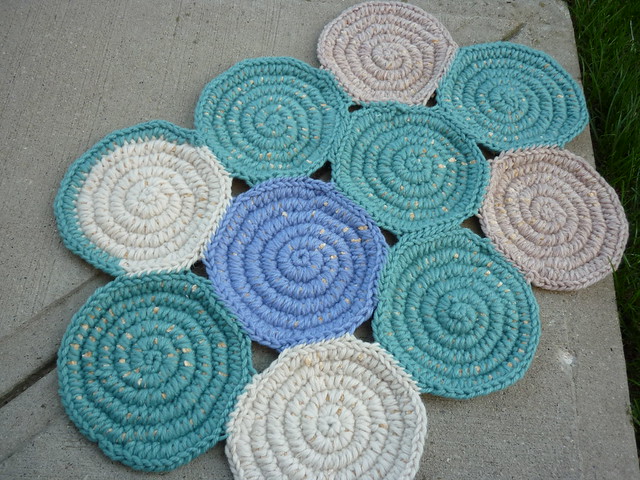I’ve been checking Ravelry and Interweave’s Crochet website for the last two weeks, waiting for the most recent issue of Interweave Crochet to come out. And now, I’m pleased to announce that Interweave Crochet Winter 2016 is on the shelves (or will be in the next few days), and available to purchase. In this issue is my design, Boston Ivy. Boston Ivy is a design that’s near and dear to my heart, as it started out as a request for a sweater from my brother, Matthew.
Boston Ivy was originally pitched as an idea based off of my brother, Matthew, and his descriptors for a perfect sweater for him.
He wanted it to be warm. Not necessarily sweater warm, but more like rugged sweater/jacket to wear outside. Decoration and cables should be kept to a minimum. It had to had to have a collar that would go around his neck, and it had to be something he could move and be active in.
At the same time I’d been playing around with a crochet or knitting technique involving using long strips of fabric. I’d braid the fabric, and then pick up stitches on either side of the braid, making it look like a particularly interesting cable.  While I’d seen the technique done, a little, in crochet lacework, I’d never seen it done on larger pieces. I also hadn’t seen it done all that much.
While I’d seen the technique done, a little, in crochet lacework, I’d never seen it done on larger pieces. I also hadn’t seen it done all that much.
I thought this was a great pity that I needed to remedy.
I began pitching the idea to a variety of magazines, with little interest. Until Interweave Crochet.
Boston Ivy is a sweater for men and women. It’s sturdy and comfortable, with drop shoulders and a distinctive braided pattern down sleeves and front.
Worked in single crochet thru the back loop, it creates a ribbing that’s warm and stretchy.
And I love it.




















 Meanwhile, I’m also looking at the practical part of the project. How damaged is the item? How widespread is the wear? Would attempting to fix the item hurt things further? When I’m looking into this I’m often learning about the history of the item: if it was stored in a place where a lot of sunlight, heat or humidity could get to it, the fibers may be damaged. Are the places where wear is showing from use – such as worn out fingers on mittens, or a handle on a bag becoming worn, or because of a different factor? Often the answers form the type of repairs I can do – mittens that are going to get further wear over each winter are going to receive different treatment than a Christmas stocking that’s taken out once a year.
Meanwhile, I’m also looking at the practical part of the project. How damaged is the item? How widespread is the wear? Would attempting to fix the item hurt things further? When I’m looking into this I’m often learning about the history of the item: if it was stored in a place where a lot of sunlight, heat or humidity could get to it, the fibers may be damaged. Are the places where wear is showing from use – such as worn out fingers on mittens, or a handle on a bag becoming worn, or because of a different factor? Often the answers form the type of repairs I can do – mittens that are going to get further wear over each winter are going to receive different treatment than a Christmas stocking that’s taken out once a year.
 Quick Crochet Vest: Learn Broomstick Lace, Short-Rows, Back Loop Stitches & More
Quick Crochet Vest: Learn Broomstick Lace, Short-Rows, Back Loop Stitches & More



 Intarsia Wrap
Intarsia Wrap